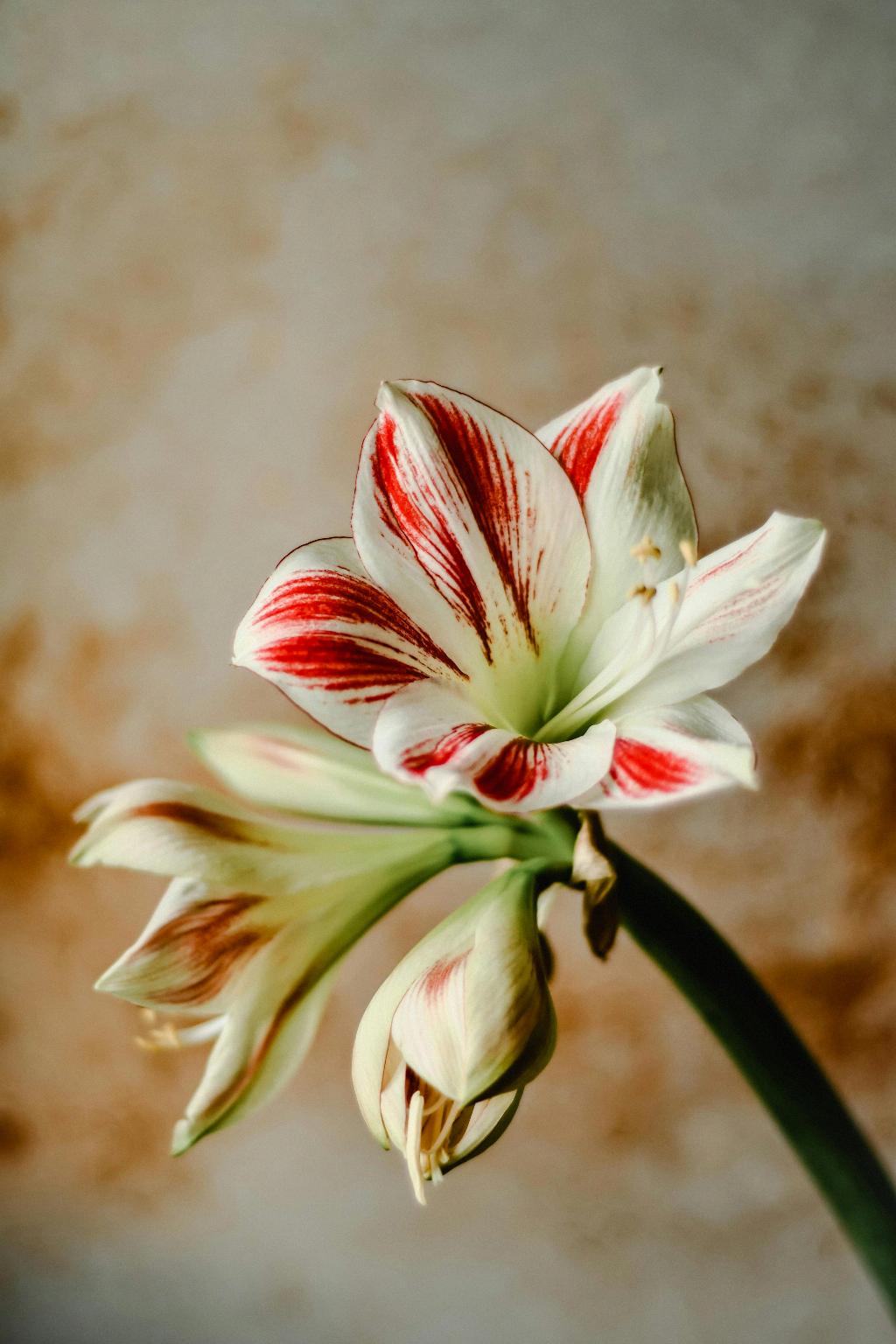When it comes to caring for your calla lilies, providing the ideal environment is key. These plants thrive in bright, indirect light, so be sure to place them in a location where they can receive plenty of sunshine without being exposed to harsh direct sunlight. Avoid placing them near heating or A/C vents, as extreme temperatures can adversely affect their growth.
Keeping the Soil Moist
Calla lilies prefer consistently moist soil, but be mindful not to overwater them. Ensure that the soil is well-draining to prevent waterlogging, which can lead to root rot. To maintain the ideal moisture level, conduct regular checks of the soil and water when the top inch feels dry to the touch. A good rule of thumb is to water deeply but infrequently to promote healthy growth.
Feeding Your Calla Lilies
Feeding your calla lilies with a liquid fertilizer is essential for promoting vibrant blooms. During the flowering period, which typically occurs in the summer months, feed your plants monthly with a balanced fertilizer. This will provide them with the necessary nutrients to produce stunning flowers and maintain their overall health.
Adjusting Care During Dormancy
As fall approaches and your calla lilies enter dormancy in November, it’s important to adjust your care routine accordingly. During this period, reduce watering to allow the plants to rest. While they may appear dormant, it’s crucial to continue monitoring their moisture levels to prevent dehydration. Once dormancy ends, resume regular watering to support new growth.
Pruning and Maintenance
To ensure the continued health and vitality of your calla lilies, regular maintenance is key. Once the leaves have died back, prune them off at soil level to encourage new growth. This simple step not only improves the plant’s appearance but also helps prevent disease and pests from taking hold. Additionally, remove any spent flowers to promote continuous blooming.
Recognizing Signs of Stress
It’s essential to pay attention to your calla lilies and watch for any signs of stress. Common indicators of issues include yellowing leaves, drooping foliage, or stunted growth. These symptoms may signal inadequate light, overwatering, nutrient deficiencies, or other underlying problems. By promptly addressing these issues, you can help your plants rebound and thrive.
Dealing with Pests and Diseases
Despite your best efforts, calla lilies may occasionally fall victim to pests and diseases. Keep an eye out for common issues such as aphids, spider mites, or fungal infections. If you notice any signs of infestation or disease, take swift action to address the problem. Consider using natural remedies or organic pesticides to combat pests while minimizing harm to the plants.
Propagation Techniques
If you’re interested in expanding your collection of calla lilies, propagation can be a rewarding endeavor. One of the most common methods of propagation is through division, which involves separating the rhizomes and replanting them in new containers or locations. By propagating your calla lilies, you can enjoy a larger assortment of these stunning flowers while ensuring their continued proliferation.
Preparing for Winter
As winter approaches, it’s crucial to prepare your calla lilies for the colder months ahead. If you live in a region with frost or snow, consider bringing your plants indoors to protect them from the harsh conditions. Alternatively, you can insulate outdoor plants with mulch or coverings to shield them from freezing temperatures. By taking proactive steps to safeguard your calla lilies, you can ensure they survive the winter and thrive in the spring.
Final Thoughts
Caring for calla lilies requires attention to detail and a proactive approach to plant maintenance. By providing the right environment, monitoring soil moisture, feeding with fertilizer, adjusting care during dormancy, and practicing regular maintenance, you can keep your calla lilies healthy and thriving. Remember to watch for signs of stress, deal with pests and diseases promptly, explore propagation techniques, and prepare for winter to ensure your plants continue to dazzle with their beautiful blooms.

